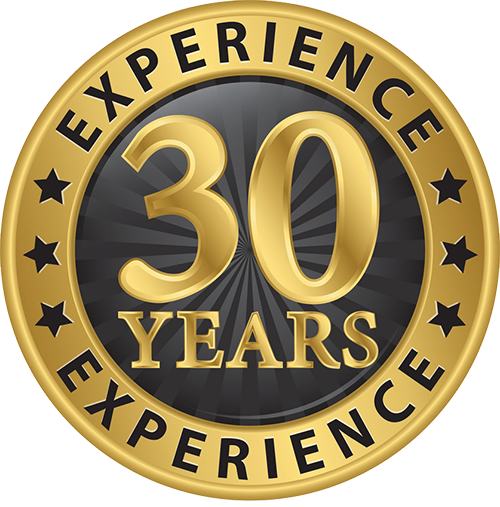Exploring the Differences Between Reach and Counterbalance Forklifts
Here in Brisbane, forklifts play a pivotal role in moving goods efficiently and safely for a variety of different businesses. Two of the most common types of forklifts we get asked about are reach and counterbalance forklifts.
Both of these types of forklifts have unique features, advantages and use cases, which makes them suitable for a range of different environments and tasks. To get you up to speed with the differences between these two types of forklifts, we will delve into the key differences between reach and counterbalance forklifts, hopefully giving you all the information needed to make an informed decision on which one is best for your operational needs.
Differences in design and construction
Reach Forklifts
Reach forklifts are well known for their compact design. They also offer a range of specialised features that allow them to operate effectively in narrow aisles and confined spaces often found in warehouses, depots and distribution centres. They usually have extendable forks that reach forward, allowing them to pick up and place loads on high shelves or racks. The operator will typically sit sideways to the direction of travel so they have a clear view of the load and their surroundings.
Counterbalance Forklifts
Counterbalance forklifts are designed using a weight distribution system that enables them to lift fairly heavy loads without the need for additional counterweights. They will often have a dual-wheel set-up in the front and a large counterweight at the back, helping with stability when lifting and carrying particularly heavy or unwieldy items. Counterbalance forklifts can come in various configurations and setups, including three-wheel and four-wheel models, suitable for a range of different operational requirements.
Aisle width and manoeuvrability
Reach Forklifts
Reach forklifts really come into their own for narrow aisle operations, making them an ideal choice for warehouses or buildings with limited space. The fact they can extend the forks and lift loads high allows them to access racks that are closely spaced together. They have excellent maneuverability and precise control, which makes them perfect for operations that require frequent load placement at a wide range of varying heights.
Counterbalance Forklifts
Counterbalance forklifts are better for operation in wider aisles. Their design allows them to drive directly to the load, making them suitable for loading and unloading trucks, containers and open storage spaces. They are also well-suited for tasks that involve moving pallets around a facility or yard.
Lift heights and capacities
Reach Forklifts
Reach forklifts are designed for vertical lift and can often reach higher than their counterbalance cousins. They are among the most popular choices for facilities with tall racking systems. One thing to remember is that as the lift height increases, the load capacity can decrease due to the physics of extending the mast.
Counterbalance Forklifts
Counterbalance forklifts are designed for horizontal load placement and can usually carry much heavier loads than reach forklifts. They are often used for loading and unloading trucks, stacking pallets and moving heavy items over short distances.
Operator visibility and ergonomics
Reach Forklifts
Reach forklift operators enjoy excellent visibility from their machine, including the load and surrounding area, due to the sideways seating position. This design reduces the risk of blind spots and enhances the safety of your workers, especially when working in tight spaces.
Counterbalance Forklifts
Counterbalance forklifts offer a straightforward driving experience, with the operator usually sitting facing the load. While their visibility might be hindered when compared to reach forklifts, advancements in design and technology have improved operator visibility and ergonomics.
What types of businesses use which machine?
Below are some examples of the types of businesses that would use each type of machine.
Reach Forklifts
- Warehouses and distribution centres
- Manufacturing facilities
- Retail stores
- Wholesale suppliers
- Cold storage facilities
- E-commerce fulfillment centers
- Automotive parts suppliers
- Food and beverage distribution
- Pharmaceuticals and medical supplies
- Electronics manufacturers
Counterbalance Forklifts
- Warehouses
- Manufacturing plants
- Shipping yards
- Construction sites
- Freight depots
- Wholesale stores
- Lumber yards
- Recycling centres
- Manufacturing suppliers
- Agriculture and farming
It’s worth remembering that both reach and counterbalance forklifts have their strengths and are valuable assets depending on the scenario. Reach forklifts are great for confined spaces and narrow aisles, offering efficient high-level stacking. Counterbalance forklifts, on the other hand, are versatile workhorses suitable for various tasks such as loading, unloading and moving heavy loads within a facility.

